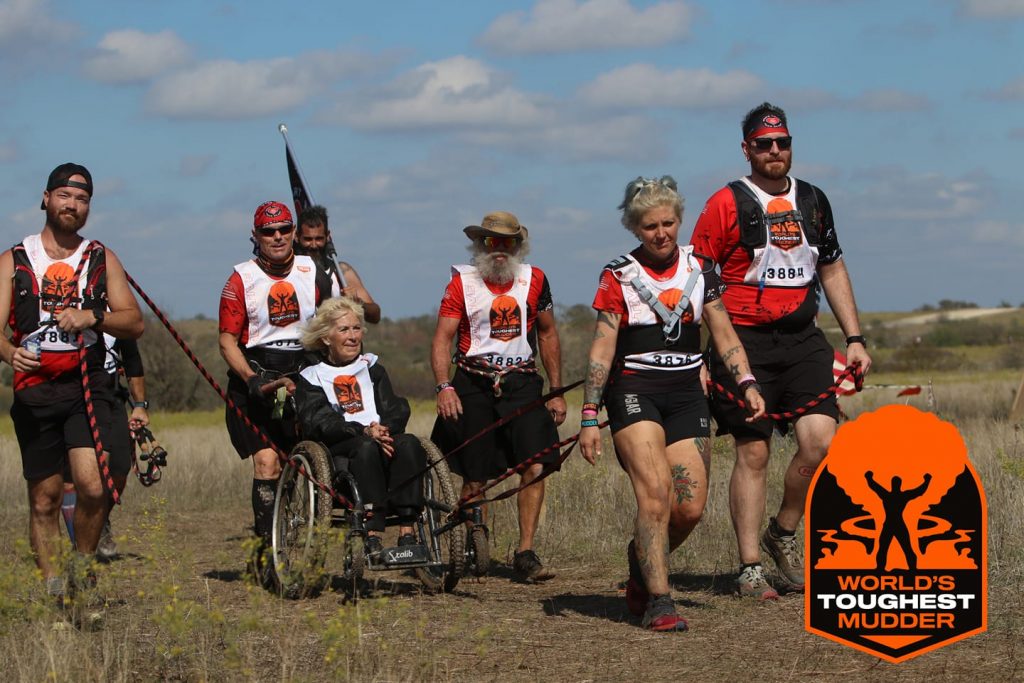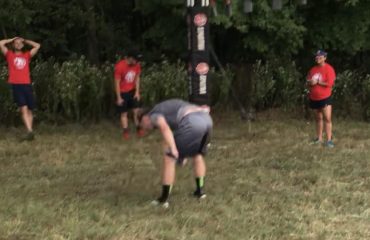
With 2023’s World’s Toughest Mudder (WTM) coming to an end, the inevitable question is how does this one compare to other World’s Toughest Mudder events. As someone who has done every event starting in Las Vegas in 2014, here’s my thoughts broken down by topic:
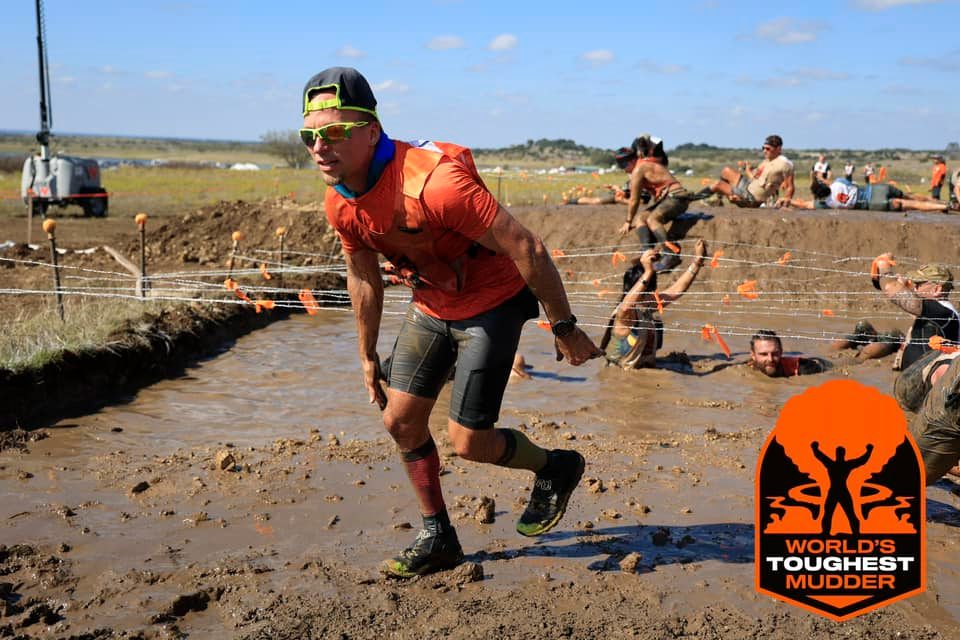
Terrain: Honestly at this point, the courses are starting to blend together. Despite lots of trampled down cactuses, the footing was pretty nice. There were some rocky sections but overall the course was very runnable. It was better than the Vegas/Laughlin locations (2014-2017, 2021) and comparable to Atlanta (2018-2019) or Atmore (2022) from my recollection. Most tend to average around 700 feet per lap, minus Atmore’s elevation which was only 451 ft.
Verdict: On the easier side when it comes to terrain and the lowest for elevation. They didn’t put out an official elevation but reports from the hot lap listed it as around ~370 feet per lap (Side note, I tend to trust that over other reports because it doesn’t include penalties and doesn’t involve submerging in water which throws off elevation on many watches due to collecting data via pressure).
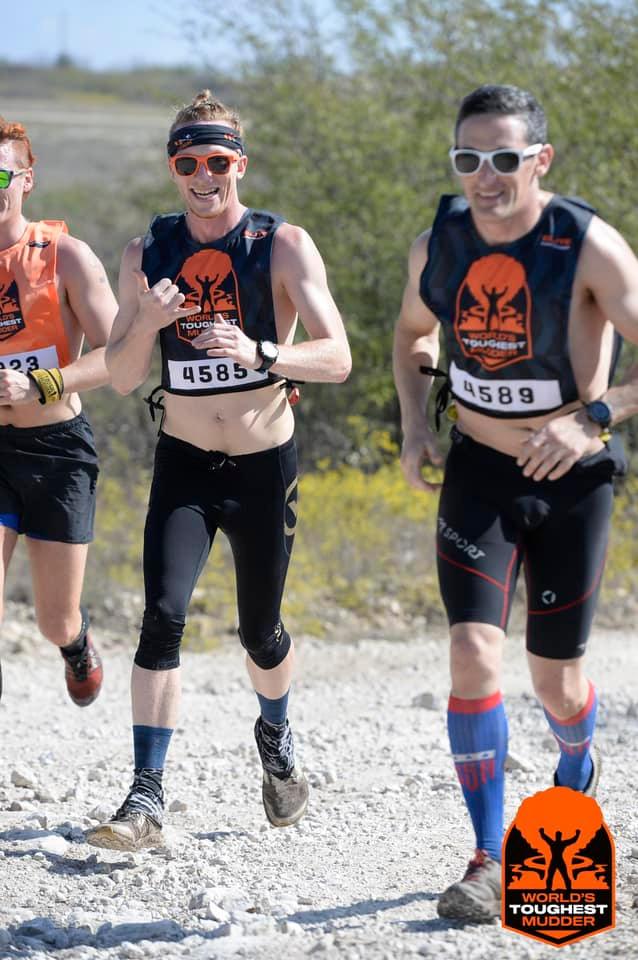
Weather: Weather was definitely one of the better years. The only time it had been this nice was in 2021 Laughlin, Nevada. With temps that started in the 70s and dropped to mid-50s, this was comparable to the year of #nowetsuitsneeded in 2021. Although realistically…most people still put on wetsuits because getting in and out of water at 50 degrees when you are walking is still cold. So if you are reading this getting ready for a future event…always pack your wetsuit and if you need more tips, pick up The Ultra OCR Bible.
Verdict: On the easier side when it comes to weather. Weather is one of those things that will make everything more painful. With nicer weather, it hurt less just to exist outside for 24 hours. I would put this at easier the easiest or second easiest event when it comes to weather.
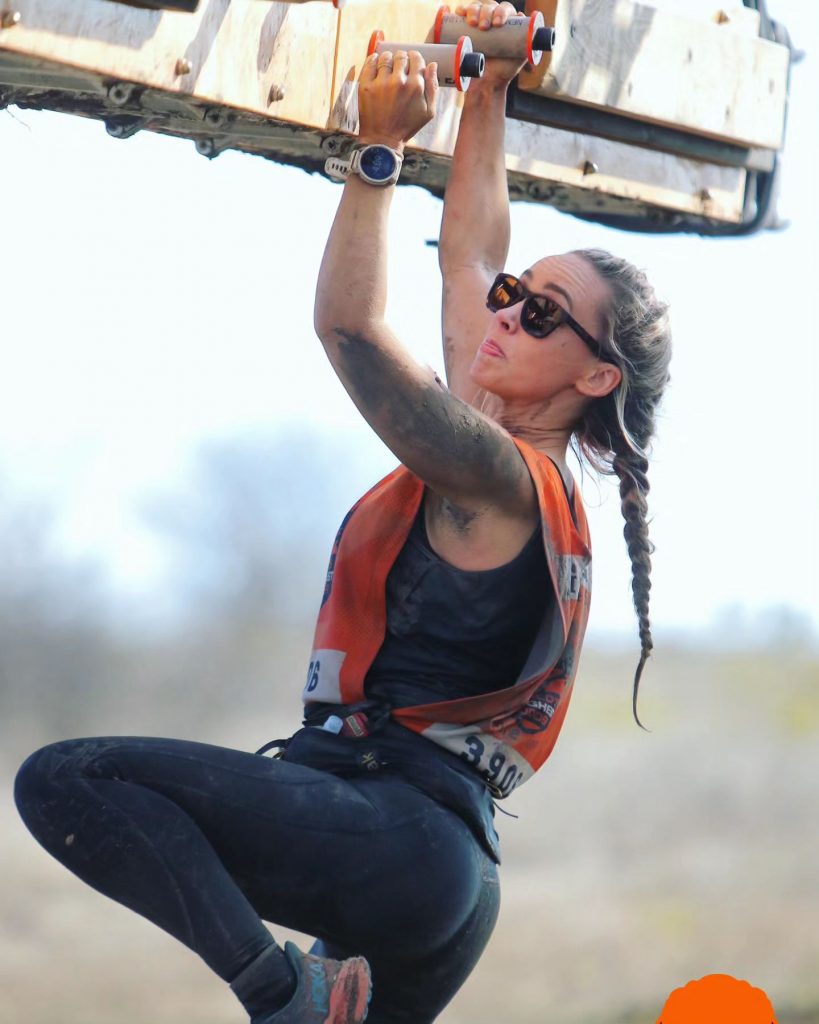
Obstacles: Here is where things started getting hard. There were 11 obstacles that had a penalty option, which isn’t the most but it on the higher end (Vegas had 10, 9, 13, 10 for the four years 2014-2017, Atlanta 2-6 on average, Alabama around 7). This usually means things are harder as mandatory obstacles tend to be easier. Let’s dive a little deeper though:
Grip Obstacles: There was five grip obstacles this year putting it on par with quantity of the hardest grip year (2017 in my opinion). However, the grip obstacles I would argue with the hardest versions of many of those. Funky Monkey’s variant required an uphill rope traverse for most of the event making the bars on the descent muddy regardless of how dry your hands were coming in. Well Clung (a mini-Well Swung into a net) was the hardest version I’ve personally done requiring an underside net traverse. Dingleberries was harder this year having cargo straps as opposed to a net which were harder on the hands and the obstacle felt significantly longer to me (I only passed twice in 2023 on my way to 80 miles but completed all laps for 90 miles in 2022). Barrel Chested (a Tyrolean traverse with a barrel I your way) was the hardest version of that obstacle I’ve seen at a WTM. Their version of Just the Tip I would argue is one of the easier versions with the super mooth trailer hitches replaced by gripperier thick handles that were much better (minus a couple hours after Operation opened when they got wet/muddy). Finally, Hangin’ Rough (their rig) was also the hardest version I’ve seen with two banana holds at the end and a bell to ring to mark completion (that in my opinion were a little too high).

Penalties: Easily the hardest year for penalties as far as taking up time. Although physically they weren’t too bad, it was just more distance to run. If you were a runner, this probably played to your advantage by removing some of the more physically draining activities and replacing them with something you are already good at…more running. Never has a course had this many penalty miles and when you pair that with the difficulty of the obstacles, you had people running 5-15 miles more than their official finishing results show.
Skill Obstacles: Two skill obstacles were present this year with both Operation and The Grappler also making a return. Operation started off preposterously hard with no hooks on the poles (something they fixed using nails within the hour of it opening). From that point forward it was pretty standard, although the holes seemed smaller than some of (not all) of the previous events. The Grappler was an easier version than in Vegas in some aspects. It allowed you to be closer to the target and didn’t require a near vertical through unlike previous years. However, unlike previous iterations you had to throw your own ball. In the past at points during the race they would allow one person to throw and everyone to “piggyback” (climb up the rope as long as you were in line).
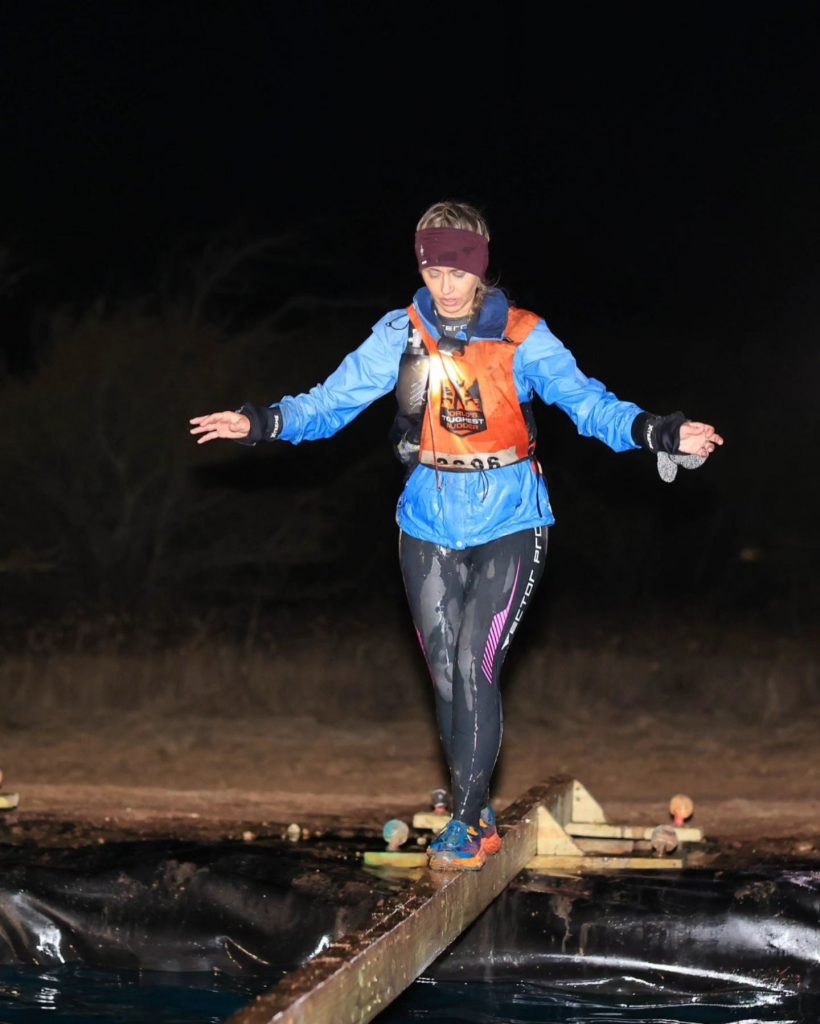
Balance Obstacle: It was good to see balance make a come back in 2023, something I can’t recall being a regular in any serious format since two of the years in Las Vegas. Yes, balance was part of The Gauntlet a couple of times but it wasn’t that hard and it was usually at the start of the obstacle so people that failed just quickly retried. The balance obstacle Twinkle Toes in 2023 had consequences, as in you fell in water if you failed. I liked this addition but thought the penalty was disproportionately short for this one when compared to the length of the penalties of some of the other obstacles.
Water Obstacles: There’s three types of water obstacles that I pay attention to mid-race, ones you get wet only if you fail, partial submersion and full submersion. I always like ones where you get wet if you fail because it rewards obstacle completion. This year there was very little full submersion with the only two you got head to toe wet was Augustus Gloop (also a harder version with the net tube as opposed to the plastic tube version) and Cage Crawl. The rest of the obstacles tended to be only partial submersion allowing you to keep you head dry most of the time as long as you didn’t fall in completely submerging your head.
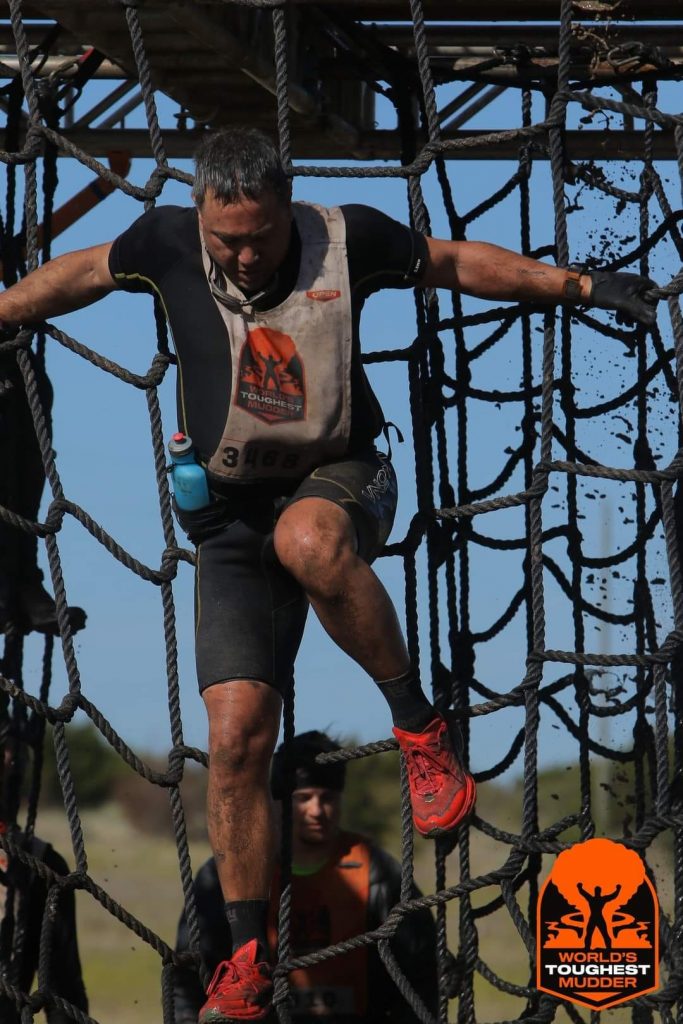
Verdict: Easily the hardest year for technical grip obstacles. I historically take somewhere between zero and one penalties per lap. This year I was taking two to three even with using bypass wristbands. The time drain of the penalties also made this very challenging. The rest of the obstacles tend to wash out as even in my opinion. Coach’s corner was fun as usual (did you get to try the IMMORDL coffee?…SOOO GOOD!) As far as water on course, this tended to be an easier year in my opinion. The lack of Mud Mile, an obstacle that when made hard can be a brutal time killer was also not present. Devil’s Beard was also one of the less challenging versions I have seen but far from being the easiest version of that obstacle.

X Factor: The X factor I usually cite stuff like obstacle opening times (single free lap vs. no obstacles for the first hour vs. rolling obstacle start of two per hour), race start times (which has ranged between 10am and 2pm in the past) and gamification of things like golden carabiners. It appears though that has all settled into the current format of rolling obstacle open slowly, noon start and removal of games for anyone trying to race.
This year had not only Everest Angels, but also Men of Mudderhorn and Dublin Walls. That’s three obstacles where you had dedicated assistance. I loved seeing those smiling faces on every lap and it was comforting knowing that they were there. However, I did talk to one athlete that also loves their support but also misses the camaraderie that’s built with helping random people over a wall at 2 AM when both of your are physically trashed.
Verdict: Dedicated support definitely makes some of the obstacles easier and there was help at more obstacles this year than ever before. Everest, Dublin Walls and Mudderhorn all had help. However, the Everest help was lower than ever with only 2x dedicated Everest Angels pulling over way more of the field than they’ve ever had to in the past.

Overall: Was this event harder than previous years? In some respects yes absolutely, did you see those obstacles and those penalties? In other aspects like terrain, elevation and weather, absolutely not this could be argued as the easiest year.
At the end of the day though, 24 hours of OCR is painful no matter how you do it. I’ve done 9x WTMs, 5x other 24 hour OCRs and have racked up 24x Ultra-OCR podiums…and despite being “good” at the sport it’s never easy. Even on events I know I’m going to place well, the amount of time and effort required to spend in the pain cave makes races like this never easy. The physicality of spending all day (and in case of Toughest events all night) on the course can only be paid for in sweat.
You can’t buy your way to earn that 24 hour finisher headband, you can’t sprint your way to the front to shorten the time spent on course, if you go the full time on course it can only be earned with suffering. For those that hit a Personal Record, you’re awesome. For those that fell short, dust yourself off and come back next year.
A 24-hour race is never “fun” for all 24 hours. Motivation will get you to sign up and across the start line. It is discipline that will take you to the finish.
Want more tips on Ultra-OCR? Pick up a copy of The Ultra OCR Bible
Want more tips on endurance mindset for any sport? Pick up a copy of On Endurance
Want a 24 minute boost in motivation? Check out the Ultra-OCR man documentary
Pictures provided by The World’s Toughest Mudder Community on Facebook
